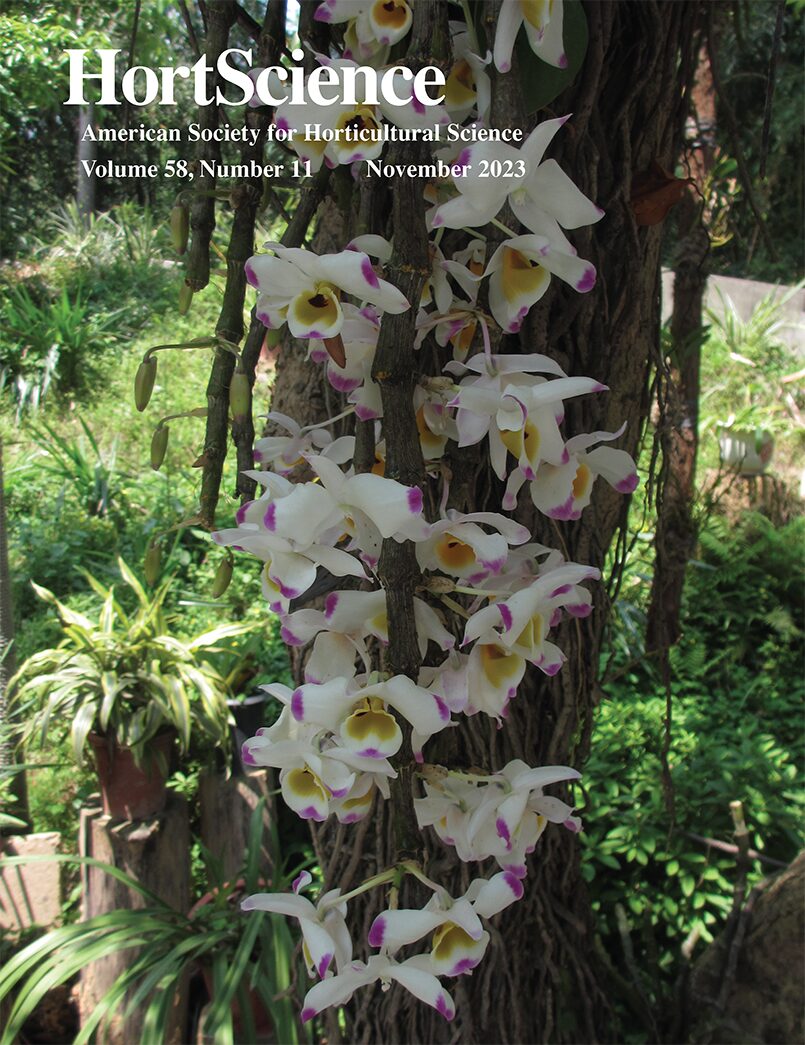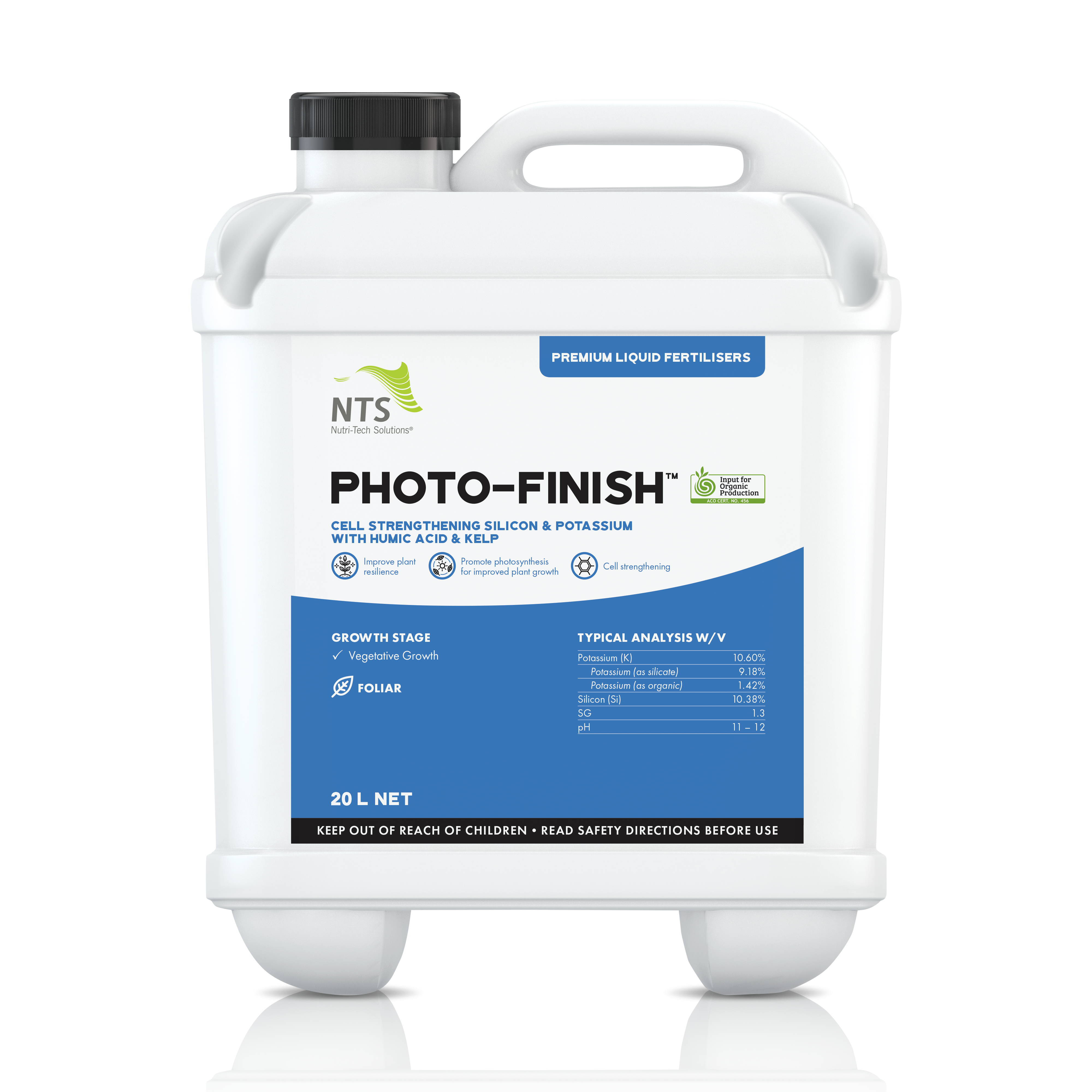ED-209
Blooming
- User ID
- 775
I've been using silica for ages in liquid form - it's not cheap and sometimes annoying to work with. Though I am impressed with the Med Tek silica.
Anyhow, seeing some info from Dr Bugbee on rice hulls got me curious about adding them to coco (either straight or in a stock 70/30 perlite mix). I searched and found people using them in soil mixes, but not specifically with coco in a DTW system. Rice hulls seem fairly easy to come by in brew shops. On the Dr Bugbee AMA it mentions "He now uses 75% peat, 13% vermiculite, and 12% rice hulls" as their base media in the lab. It's a starting point and subbing in might work. Unsure of if that might impact other factors - water holding and nutrients.
Anyone doing this instead of using aqueous silica? One less bottle is appealing, and seems cheap.
Cheers!

Anyhow, seeing some info from Dr Bugbee on rice hulls got me curious about adding them to coco (either straight or in a stock 70/30 perlite mix). I searched and found people using them in soil mixes, but not specifically with coco in a DTW system. Rice hulls seem fairly easy to come by in brew shops. On the Dr Bugbee AMA it mentions "He now uses 75% peat, 13% vermiculite, and 12% rice hulls" as their base media in the lab. It's a starting point and subbing in might work. Unsure of if that might impact other factors - water holding and nutrients.
Anyone doing this instead of using aqueous silica? One less bottle is appealing, and seems cheap.
Cheers!







